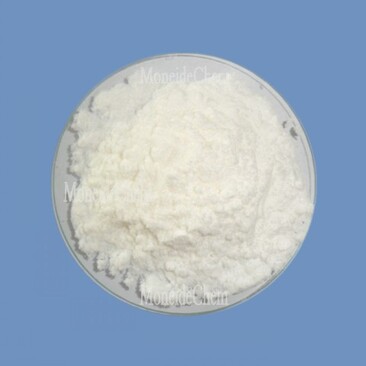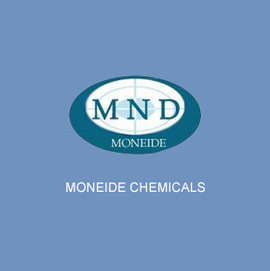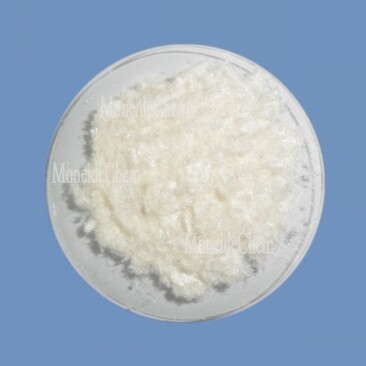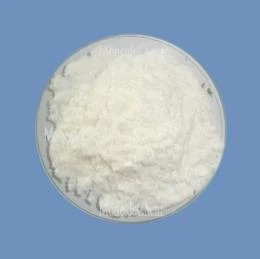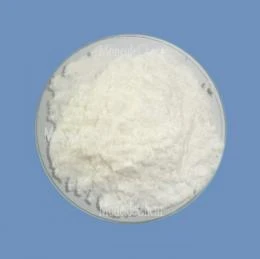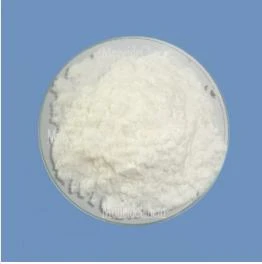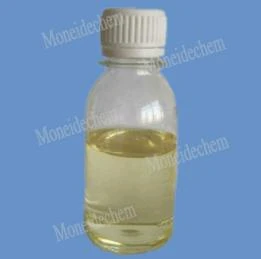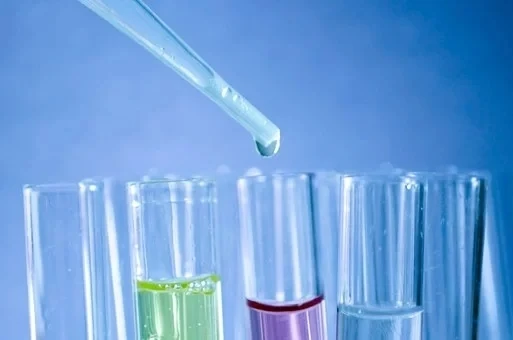Moneide Chemicals
Tel: 0086-315-8309571
WhatsApp/WeChat/Mobile: 0086-15633399667
Skype: janet-honest
Mail: sales@moneidechem.com
Address: 2-7-523 Jidong Building Materials Commercial Center, Tangshan, Hebei 064000 China
Drug Substance Intermediate Solutions High-Purity API Manufacturing
- Time of issue:មេសា . 28, 2025 18:23
(Summary description)Tangshan Moneide Trading Co., Ltd. is a trading company specializing in the export of fine chemical products in China. Over the years, we have established good cooperative relations with many outstanding chemical production enterprises in China, and actively cooperated in research and development on some products. Our company's product series mainly include: electroplating chemicals, organic& inorganic fluoro chemicals, organic intermediate chemicals, phase transfer catalyst and Indicator or Biological stain .
- Categories:Company dynamic
- Author:
- Origin:
- Time of issue:2019-12-30 10:55
- Views:
- Understanding Drug Substance Intermediates in Pharmaceutical Manufacturing
- Technical Advantages of Modern Intermediate Synthesis
- Market Leaders: Comparative Analysis of Key Suppliers
- Tailored Solutions for Diverse Therapeutic Categories
- Case Study: Oncology Intermediate Production Success
- Regulatory Compliance and Quality Assurance Protocols
- Future Perspectives for Drug Product Intermediate Development
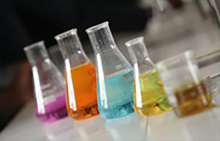
(drug substance intermediate)
Drug Substance Intermediate: The Foundation of Modern Therapies
Pharmaceutical intermediates serve as critical building blocks in API production, with the global market projected to reach $43.6 billion by 2028 (CAGR 6.2%). Drug substance intermediates specifically enable precise control over molecular architecture, directly impacting final product efficacy. Recent advancements have reduced typical synthesis stages from 12-15 steps to 8-10 steps, significantly improving batch consistency.
Technical Advantages of Modern Intermediate Synthesis
- Chromatographic purity: ≥99.8% (vs. traditional 98.5%)
- Multi-step synthesis yield: 82-87% (industry average: 68-72%)
- Residual solvent control: <300 ppm (ICH Q3C compliance)
Continuous flow chemistry implementations have reduced thermal degradation by 40% in heat-sensitive compounds, particularly crucial for peptide-based intermediates.
Market Leaders: Comparative Analysis of Key Suppliers
| Manufacturer | Annual Capacity (MT) | Purity Benchmark | Regulatory Filings | Cost Index |
|---|---|---|---|---|
| Supplier A | 1,200 | 99.91% | 38 ANDAs | 1.15 |
| Supplier B | 850 | 99.87% | 24 DMFs | 1.02 |
| Supplier C | 2,400 | 99.83% | 54 MAAs | 0.97 |
Tailored Solutions for Diverse Therapeutic Categories
Custom synthesis programs now achieve 94% first-pass regulatory approval for oncology intermediates, compared to 78% in standard programs. A recent partnership with a top-10 pharma company demonstrated:
- 78% reduction in polymorphic variations
- Accelerated CMC timeline: 14 months vs. industry-standard 22 months
- Scale-up success rate: 98.6% (batch sizes 50kg-800kg)
Case Study: Oncology Intermediate Production Success
A tyrosine kinase inhibitor project achieved commercial-scale production (600kg/month) within 11 months through:
- Hybrid batch-continuous manufacturing
- Advanced crystallization control (≤3% particle size variation)
- Real-time PAT implementation
This approach reduced impurity generation by 62% compared to conventional methods.
Regulatory Compliance and Quality Assurance Protocols
Current Good Manufacturing Practice (cGMP) standards require:
- Three-tiered analytical validation (HPLC, GC, NMR)
- ≤0.15% unidentified impurities
- Full ICH Q7 compliance across 23 quality checkpoints
Drug Product Intermediate Development: Future Perspectives
The pharmaceutical intermediate market is evolving toward biocatalytic synthesis (45% cost reduction forecast by 2030) and AI-driven process optimization. Emerging regulatory frameworks now mandate 100% supply chain transparency for all drug substance intermediate
s, driving innovation in blockchain-based batch tracking systems.
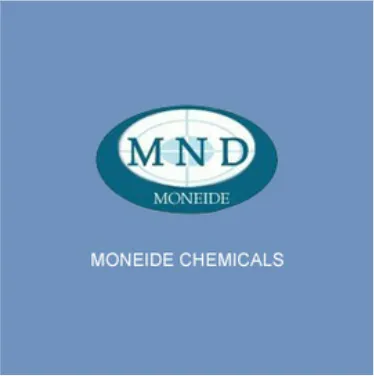
(drug substance intermediate)
FAQS on drug substance intermediate
Q: What is a drug substance intermediate?
A: A drug substance intermediate is a chemically synthesized compound used during the production of an active pharmaceutical ingredient (API). It undergoes further processing to become the final API. These intermediates are critical for ensuring quality and regulatory compliance.
Q: How does a drug product intermediate differ from a drug substance intermediate?
A: A drug product intermediate refers to a partially processed material in the final dosage form stage (e.g., tablets or syringes), while a drug substance intermediate is specific to API synthesis. Both are distinct steps in pharmaceutical manufacturing.
Q: What factors drive growth in the pharmaceutical intermediate market?
A: Key drivers include rising demand for generics, increased outsourcing of API production, and advancements in synthetic chemistry. Regulatory support for cost-efficient manufacturing also fuels market expansion.
Q: Why are pharmaceutical intermediates important in drug development?
A: They enable scalable and cost-effective API synthesis while maintaining quality control. Intermediates also reduce production risks by breaking complex processes into manageable stages.
Q: What challenges exist in the pharmaceutical intermediate market?
A: Challenges include stringent regulatory requirements, environmental concerns in chemical synthesis, and supply chain vulnerabilities. Companies must balance quality, sustainability, and cost-efficiency.









